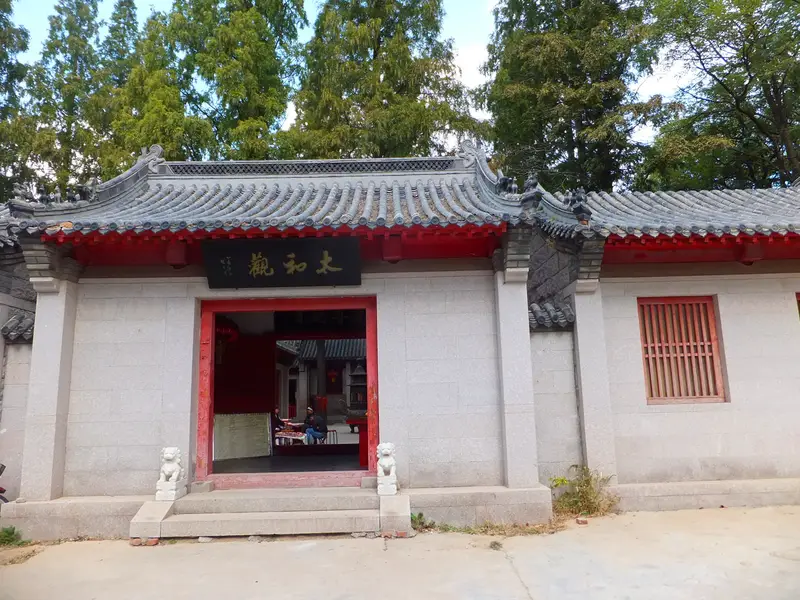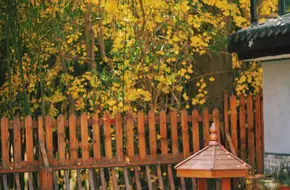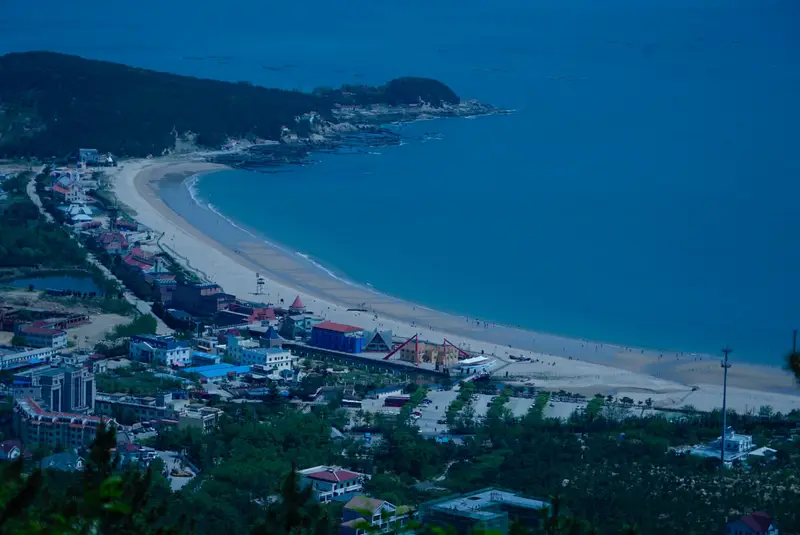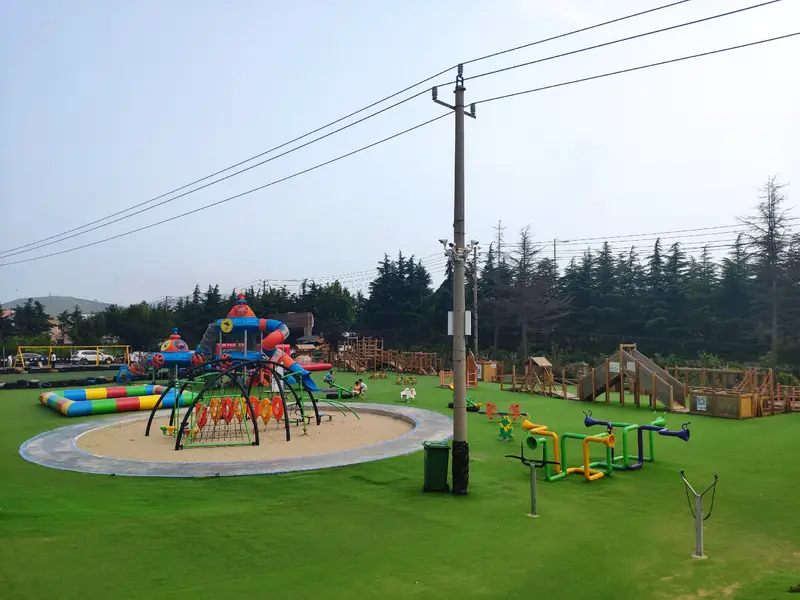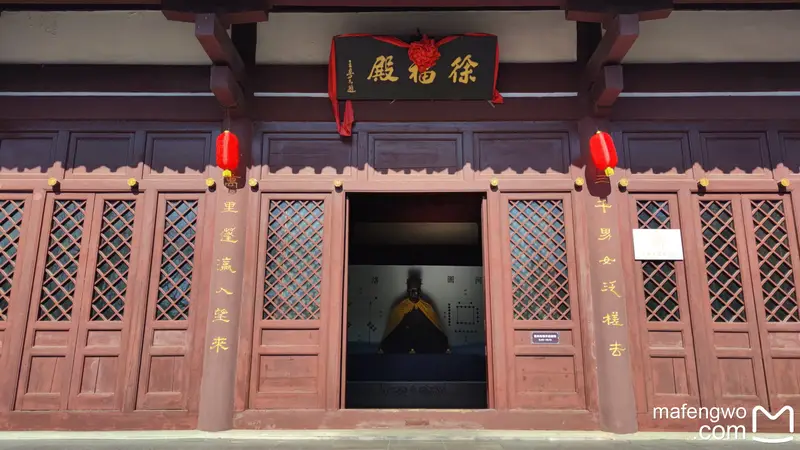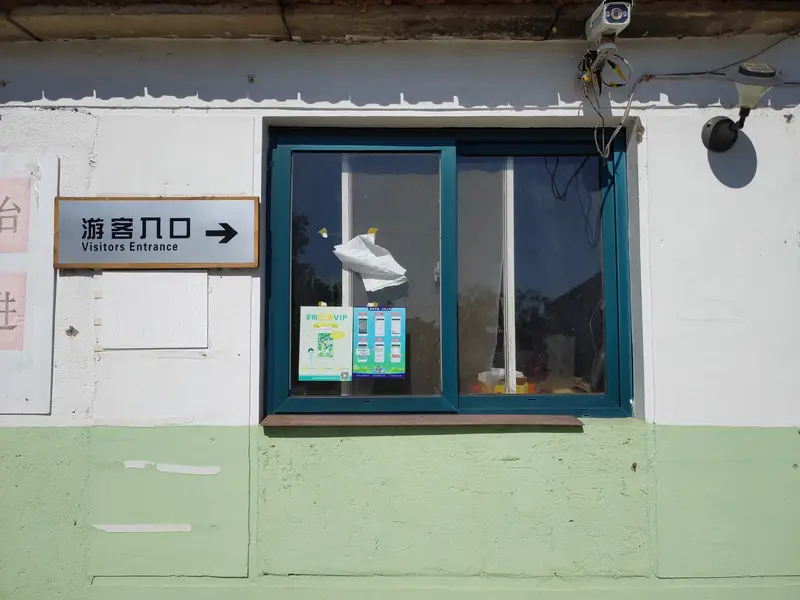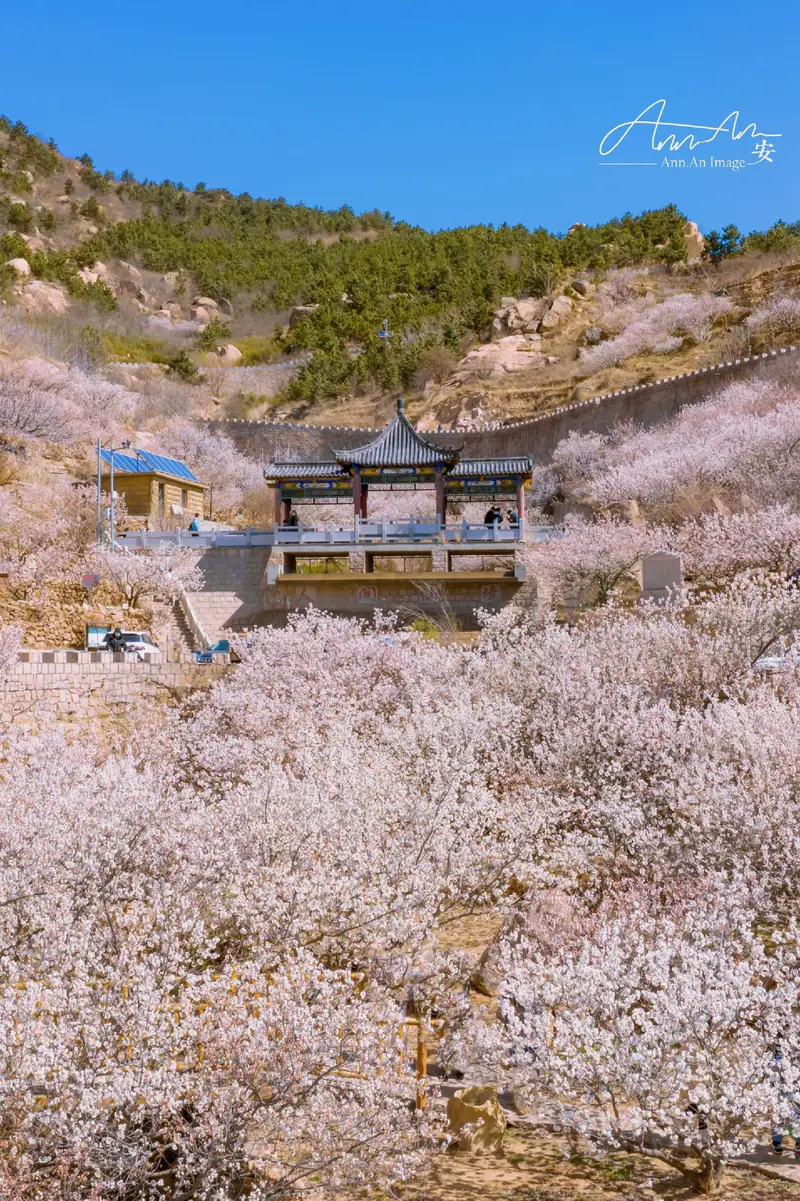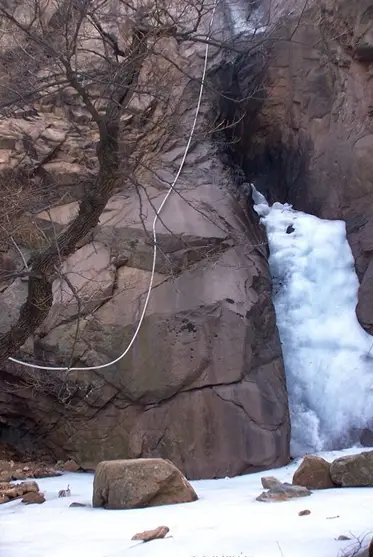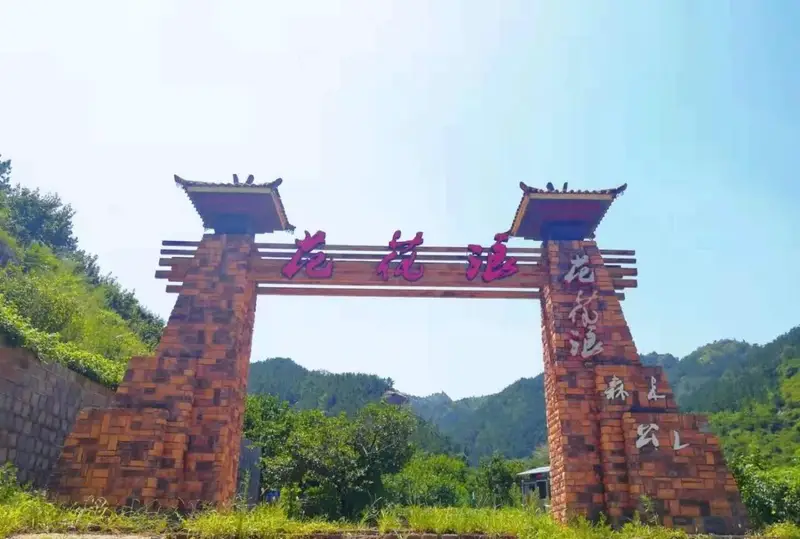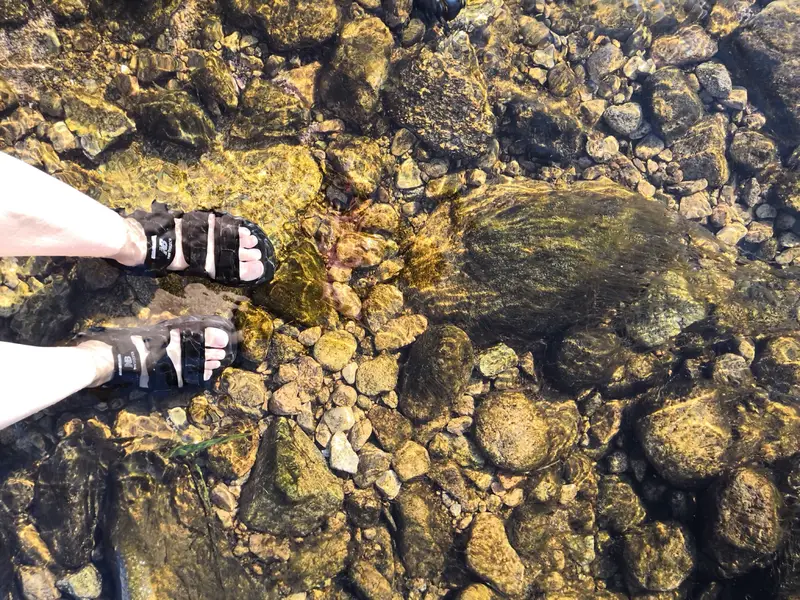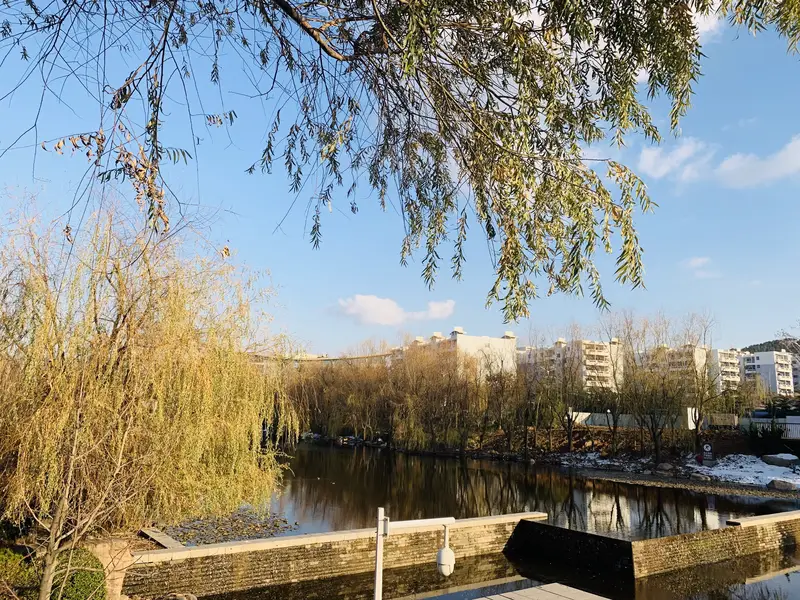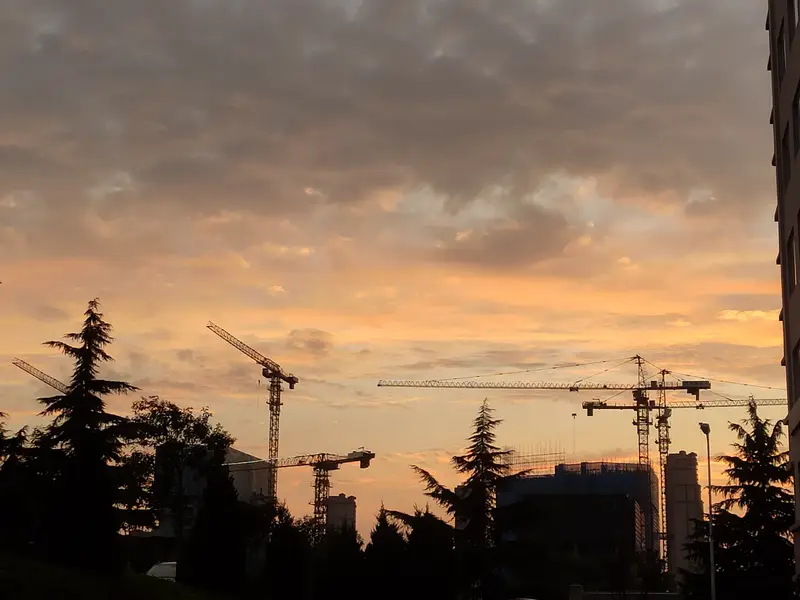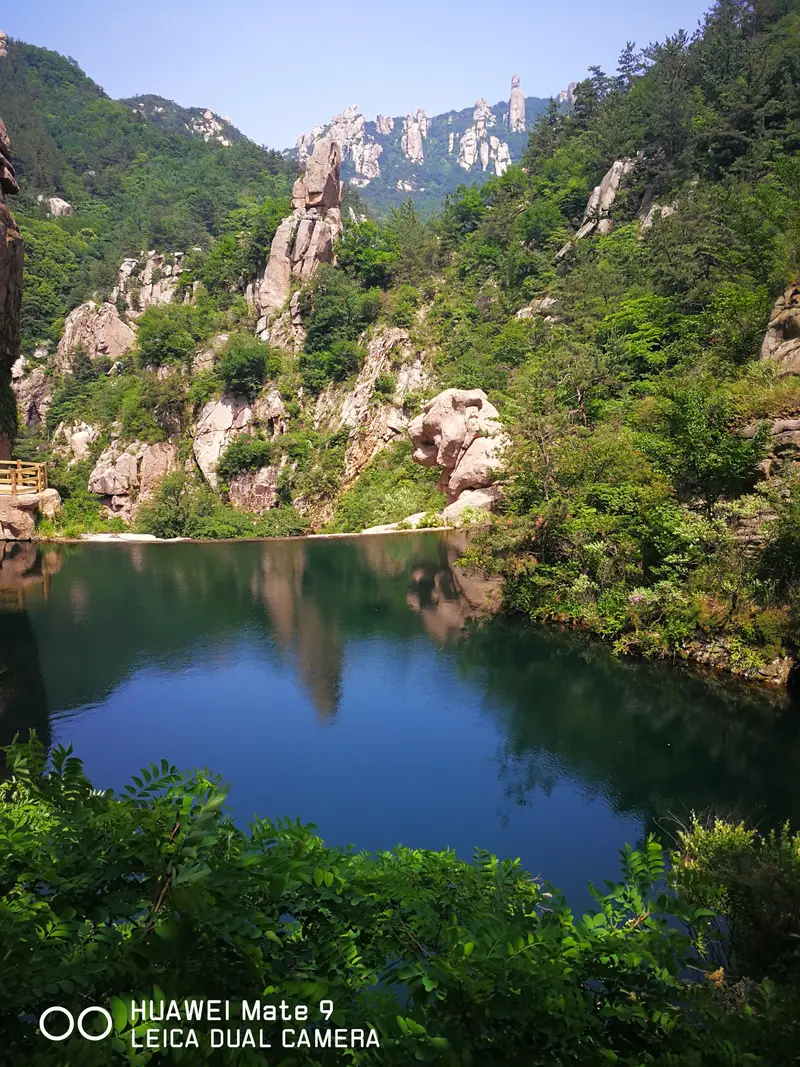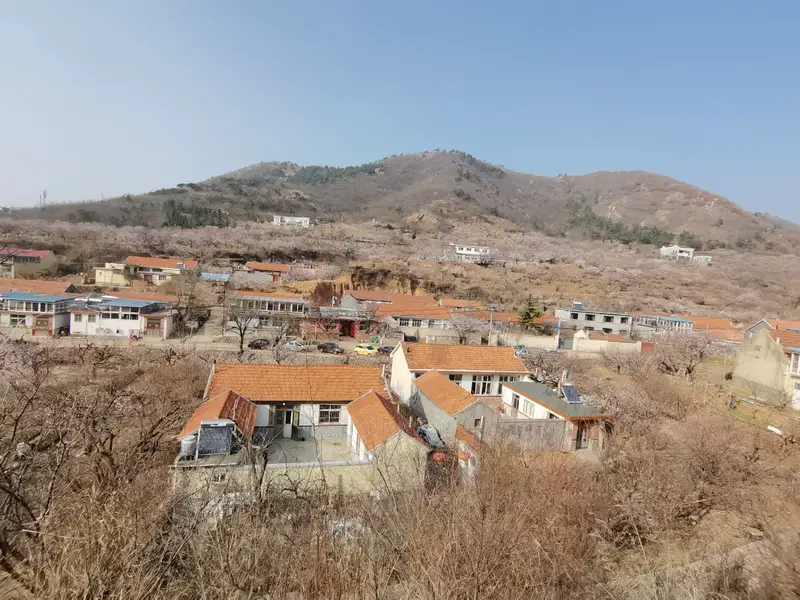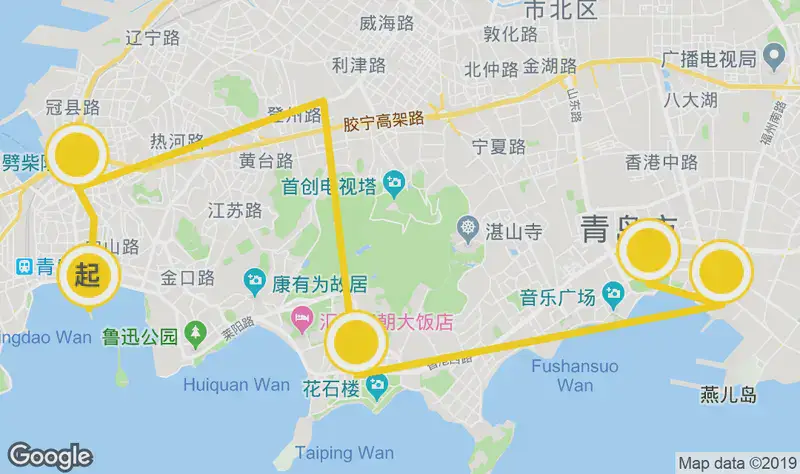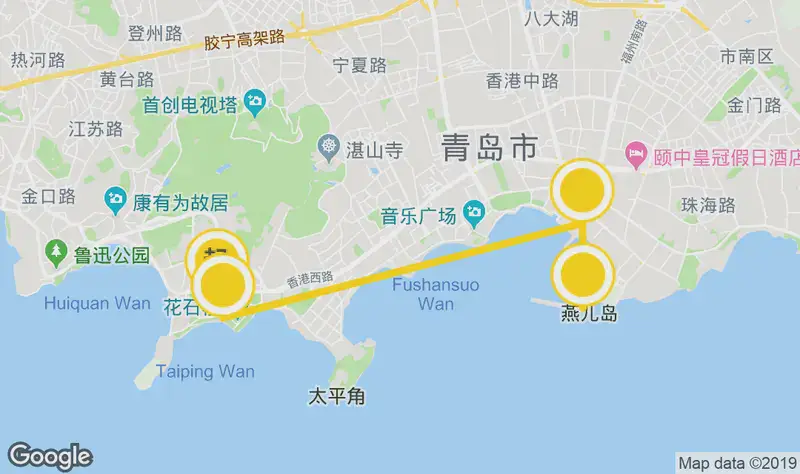Location & How to Get There
Taihe Temple, a hidden gem in Laoshan’s Beijiu Water Scenic Area, sits at 29 Meiling Road in Licheng District, Qingdao. To reach it, first head to Laoshan Scenic Area (about 40 km from downtown Qingdao). From Qingdao Railway Station, take the M3 metro to Licun Park Station, then transfer to bus 619 or 627 toward Beijiu Water. Alternatively, drive along Hong’ao Road and follow signs to Laoshan North Nine Waters—parking is available near the entrance. Taihe Temple is nestled within the Beijiu Water area, so you’ll need to hike or take a shuttle bus deeper into the valley.
Natural Beauty Surrounding Taihe Temple
Laoshan’s northern Jiu Water Valley is famous for its crystal-clear streams, waterfalls, and towering cliffs. Taihe Temple lies in a serene alcove, surrounded by lush forests and ancient stone bridges. In spring and summer, the sound of rushing water fills the air, while autumn paints the temple’s rooftops with fiery maple leaves. The path to Taihe Temple winds through lush greenery, making it a perfect spot for nature lovers. Keep an eye out for wild orchids and butterflies along the trail!
History & Cultural Charm of Taihe Temple
Built during the Ming Dynasty’s Tianshun era (1457–1464), Taihe Temple is a modest yet historic site. Originally dedicated to the Jade Emperor (a major deity in Chinese mythology), it now stands as a tranquil relic. The main hall, preserved from its original structure, hosts a pair of intriguing pillar couplets: “When the dragon fan opens, four guardian warriors stand sentinel; when the pearl curtain lifts, 28 celestial generals align.” These couplets reflect ancient Chinese cosmology, symbolizing protection and order in the universe. Visitors often pause here to admire the blend of religious art and mountain scenery.
What to Expect Inside & Around
Taihe Temple’s layout is simple: one main hall flanked by smaller rooms. The original wooden beams and carved doors hint at its age, while the lack of modern renovations adds to its rustic charm. Outside, stone steps lead to a small courtyard where locals sometimes leave incense sticks as offerings. Nearby, a gentle stream flows past, creating a soothing soundtrack. Note that the temple is small—you can explore it fully in 20–30 minutes, but it’s worth lingering to soak in the atmosphere.
Practical Tips for Visiting
- Opening hours: Taihe Temple syncs with Beijiu Water’s schedule (usually 8:00–17:00).
- Entrance fee: Included in the Laoshan Scenic Area ticket (around ¥95/$14).
- Dress code: Respectful attire (cover shoulders/knees) is recommended, as it’s a religious site.
- Toilets & snacks: Available near the Beijiu Water visitor center, but bring water and snacks for the hike.
- Best time to visit: Early morning (fewer crowds) or late afternoon (softer light for photos). Avoid weekends for a quieter experience.
Hiking & Photo Opportunities
Taihe Temple sits along the Beijiu Water hiking route, a 6-km trail dotted with waterfalls and viewpoints. Start at Zhaoguo City, cross the Tide-Riding Bridge, and follow the stream to the temple. Along the way, stop at Flying Phoenix Lake for reflection photos of Taihe Temple’s roof against the water. The temple’s red walls and green tiles contrast beautifully with Laoshan’s gray rocks and emerald pines. Pro tip: Visit after rain for misty mountains and glowing temple lights!
A Relaxing Escape
Unlike Laoshan’s busier peaks, Taihe Temple offers a peaceful retreat. Sit on the stone benches outside, listen to the water, and watch dragonflies dart over the stream. Locals believe the temple radiates good fortune—feel free to light a stick of incense (available at nearby stalls) and make a silent wish. For a full day, combine Taihe Temple with a visit to Julong Feng (Dragon-Descending Peak) or a dip in Yixian Spring, but save plenty of time to wander this hidden corner of Laoshan.
In short, Taihe Temple isn’t about grand architecture or flashy attractions—it’s about quiet beauty, history, and nature’s harmony. Perfect for travelers who crave off-the-beaten-path charm!


